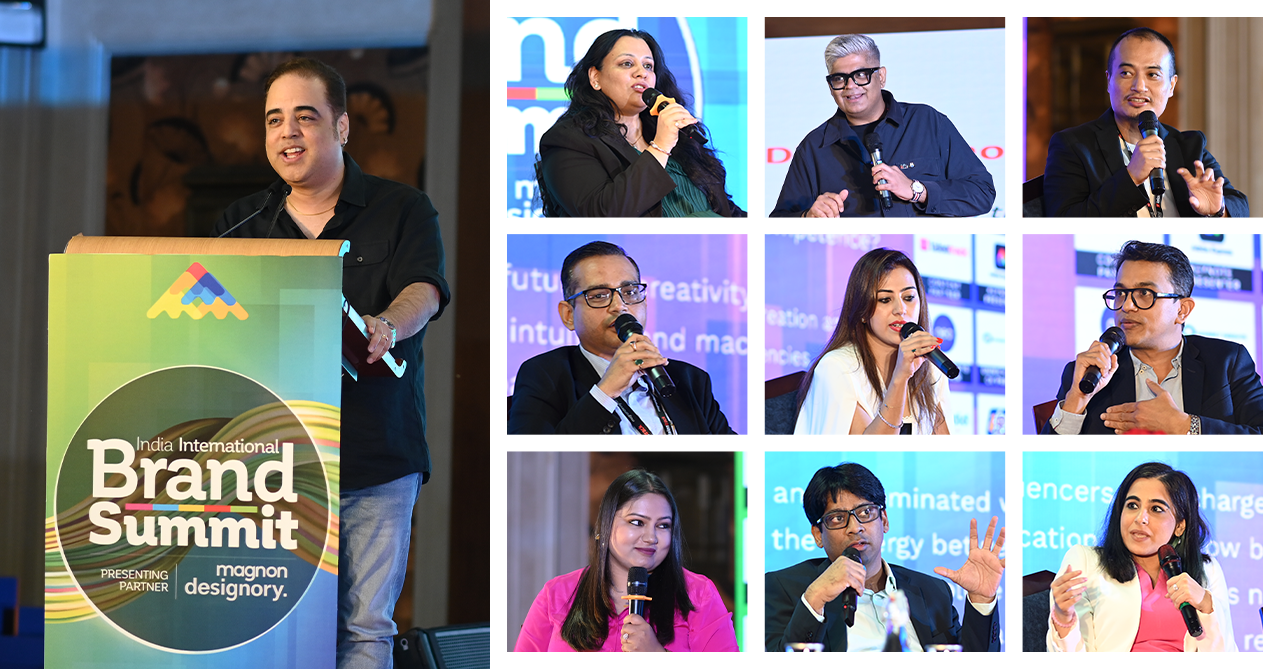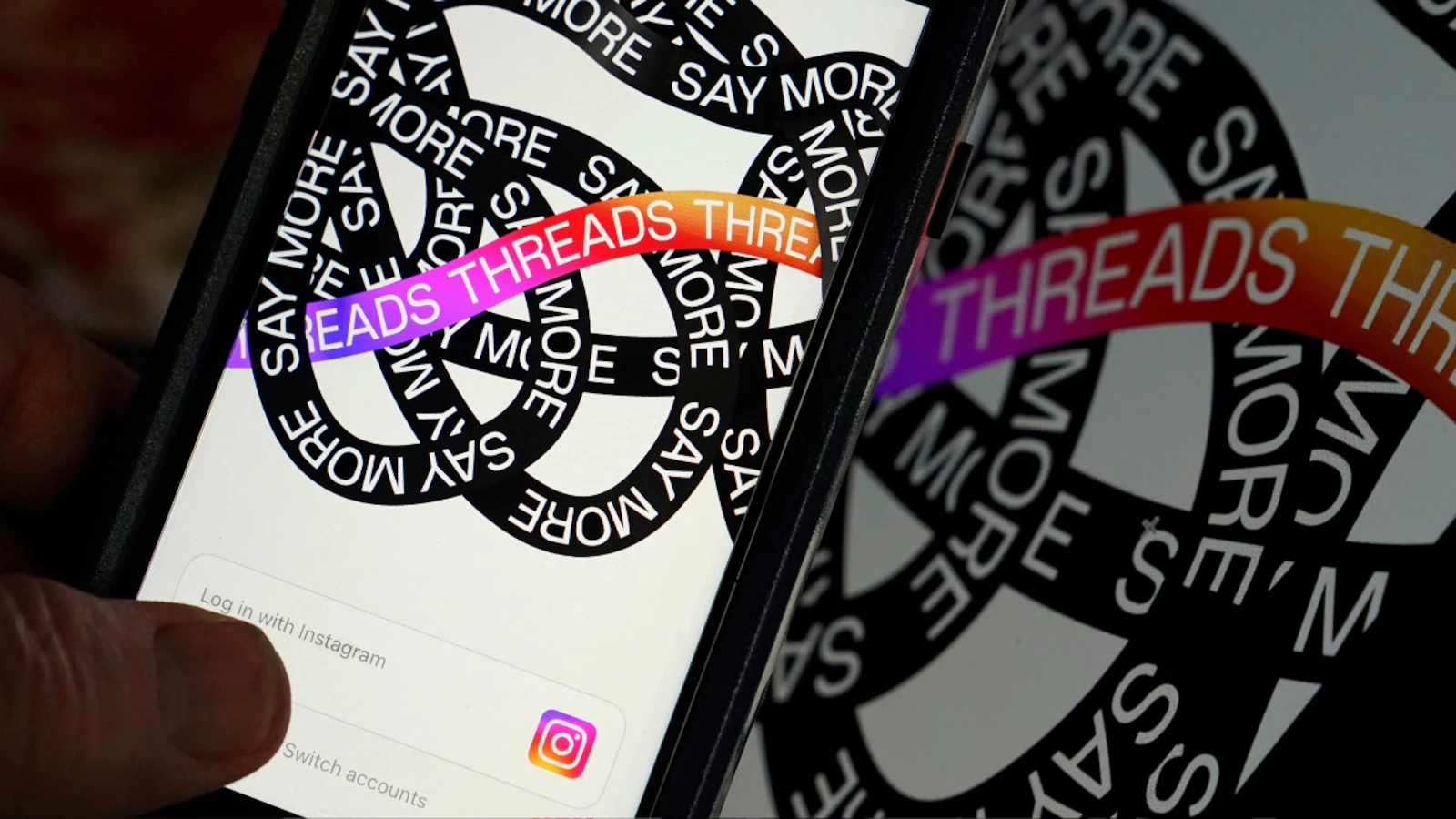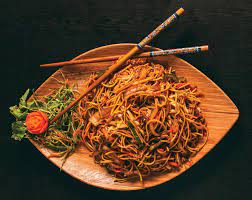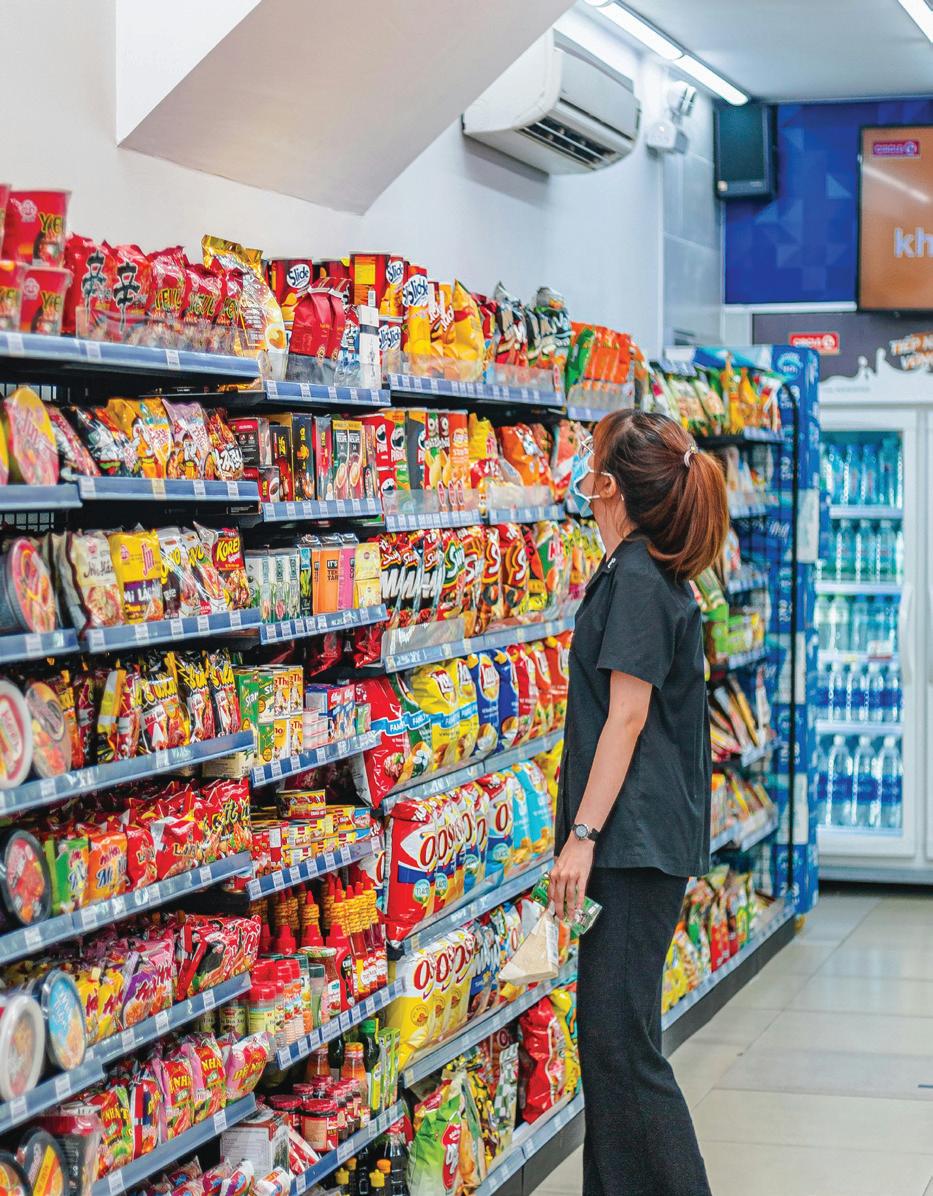The Eidgah in Srinagar’s old city has emerged as a symbol of change and the common man’s empowerment in the new Jammu and Kashmir, as against the period until the abrogation of Article 370 from the region when it remained a ‘nerve centre of separatism’ for three decades.
Eidgah, which is spread over 650 kanals of land, was used by separatists like Hurriyat hawk, Syed Ali Shah Geelani, jailed Jammu Kashmir Liberation Front chief Yasin Malik and others to preach sedition, hatred and spit venom against the country.
After 1990, when Pakistan-sponsored terrorism engulfed J&K, the Eidgah Chalo calls became a norm. Pakistan stooges in Kashmir used to collect people at Eidgah and sell dreams of “Azadi” and Kashmir’s merger with the neighbouring country.
All this used to happen under the very nose of the erstwhile political regimes. Unfortunately, the rulers instead of acting tough against the anti-national elements used to turn a blind eye towards their activities and in a way facilitated their moves.
The last call for Eidgah Chalo was given by the separatists on May 21, 2019. However, strict restrictions were imposed and the attempt was thwarted.
Separatists had asked people to assemble at Eidgah to mark the assassination anniversaries of Mirwaiz Mohammad Farooq, who was shot dead by Hizbul Mujahideen terrorists inside his Nigeen residence on May 21, 1990, and late Abdul Gani Lone, who too was killed by the terrorists on May 21, 2002, during a rally at Eidgah held to remember late Mirwaiz Mohammad Farooq.
Despite both these leaders being killed by the terrorists on the instructions of their handlers sitting in Pakistan, none of the separatist leaders, including Mirwaiz Umar Farooq, son of the former late Mirwaiz, mustered the courage to call “spade a spade,” and announce it publically that his father was killed by the terrorists.
Holding a rally at Eidgah on May 21 every year had become a precedent. Rather than remembering the late leaders, who fell prey to the bullets of terrorists, pro-azadi and pro-Pakistan slogans were raised during the May 21 rally every year and not a single word was uttered against the people who were responsible for these cold-blooded murders of the late leaders, who were against the bloodshed and violence in Kashmir.
On August 5, 2019, the decision to abrogate Article 370 ended Chalo calls culture like Eidgah Chalo, separatists used to call for Lal chowk, TRC, Shopian and Anantnag Chalo. However, during the past three years no separatist has called for Eidgah chalo or anywhere chalo nor has any anti-India rally taken place at Eidgah. Shutdowns, stone-pelting and street protests have become history.
Elements responsible for orchestrating disruptions have lost their addresses as the present dispensation has acted tough against them providing much-needed respite to a common man, who is supporting all the moves of the government aimed at making his life easy and disruption-free.
Eidgah land is the property of Waqf, however, it was exploited during the past three decades. It was meant for offering Eid congregation prayers twice a year but the ground was used for every activity other than offering the Eid prayers for which it was meant.
Many believe that the failure of successive political regimes led to the deterioration of Eidgah. In 2004, the then Peoples’ Democratic Party and Congress coalition government in J-K had devised a comprehensive Rs 1.72 crore beautification project for Eidgah under the integrated Circuit Development Scheme.
The scheme included ornamental fencing, development of park, construction of footpath and lavatory block along with waste disposal, administrative cum ticket block, shelter shed and lighting arrangements.
In 2006, Eidgah was trifurcated into a park, playground and a prayer ground. However, the defunct drainage system turned the maximum portion of the Eidgah into a cesspool. Many driving schools during the erstwhile regimes used the ground as a place to teach driving.
After 2019 the situation in Kashmir has changed as the present dispensation led by Lt Governor Manoj Sinha has been trying its best to rectify the blunders that were committed by the former regimes. The half-baked projects that started during the old tenures of the political regimes remained confined to papers only. The efforts that were needed to build J-K were not visible.
The politics in the Himalayan region revolved around Kashmir being an “issue” that needed to be settled. This issue was settled once and for all by the dispensation led by Prime Minister Narendra Modi on August 5, 2019, by merging J-K completely with the Union of India.
Sinha who recently inaugurated a sports stadium at Ellahi Bagh Srinagar’s old city praised the youth from Downtown Srinagar for shedding past baggage and becoming a part of development. He reminded the people that Srinagar’s old city till 1990 was known as the “heartbeat of Kashmir” and took a pledge to restore the pristine glory of the downtown.
In the past three years Srinagar’s old city has emerged as a symbol of empowerment in “Naya Jammu and Kashmir” and is fast turning into one of the busiest commercial hubs in the Union territory. The heritage sites and the heritage markets are being developed to drive home a point that the times have changed.
People have realized that youth were misled by the so-called leaders in the name of azadi, Pakistan, autonomy, self-rule etc to grind their own axes. Leaders who misled the common man have become irrelevant in the new set-up as an ordinary man is asking questions for which they don’t have any answers. J-K has shed its past baggage and is moving steadily on the new path that was devised by the Centre on August 5, 2019.
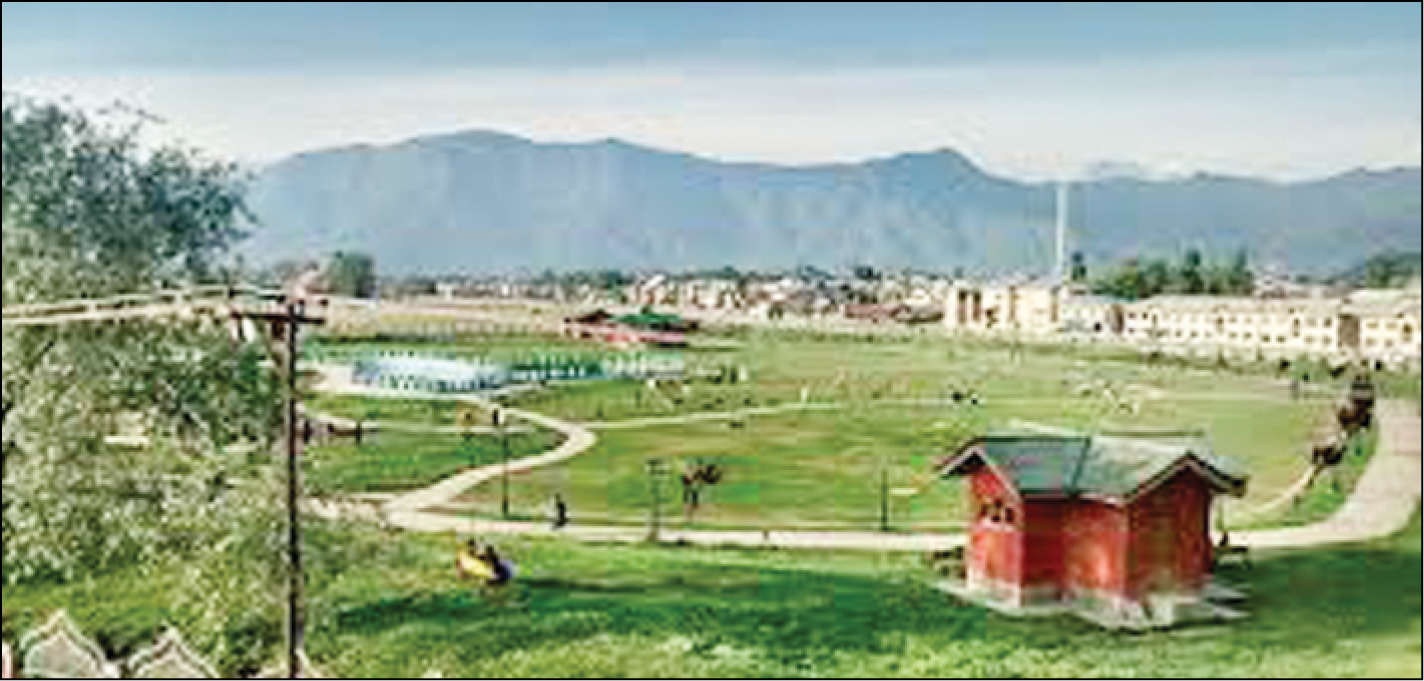

 Opinion3 years ago
Opinion3 years ago
 Entertainment8 years ago
Entertainment8 years ago
 Entertainment8 years ago
Entertainment8 years ago
 Fashion8 years ago
Fashion8 years ago
 Opinion3 years ago
Opinion3 years ago
 Politics8 years ago
Politics8 years ago
 Entertainment8 years ago
Entertainment8 years ago
 Entertainment8 years ago
Entertainment8 years ago
